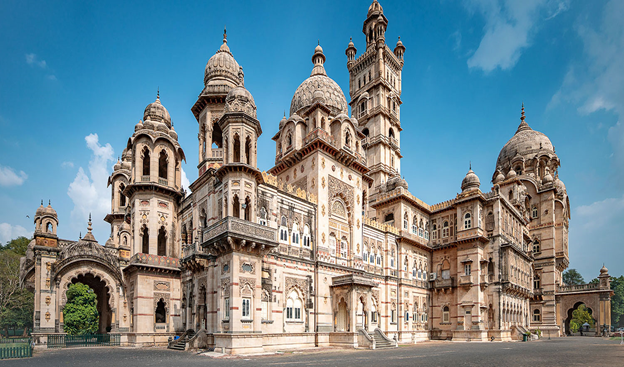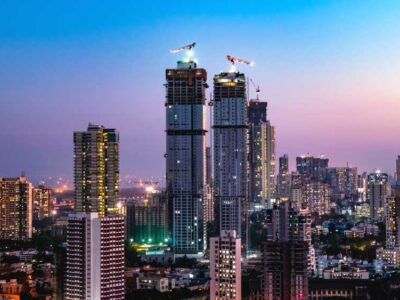Gujarat Tribal Tour
Gujarat has hundreds of tribal groups residing here for centuries known as ancient inhabitants. A tribal tour of Gujarat gives ample opportunity to the visitors to see the various types of tribes, their lifestyles, colorful dresses, customs, and traditions.
Activities
Gujarat has hundreds of tribal groups residing here for centuries known as ancient inhabitants. A tribal tour of Gujarat gives ample opportunity to the visitors to see the various types of tribes, their lifestyles, colorful dresses, customs, and traditions. The village Haats (markets) of Chhota Udaipur, Kavant are the perfect destination to witness the Rathwas, Nayakas, and Bhils in their colorful attire. Near Poshina village, there is a place where one can see thousands of terracotta horses offered to a tribal deity, which is very unique in India.
In the other villages surrounding Poshina, we see Garacia tribe of Gujarat and Rajasthan. Even in Poshina, one can see many Garacia girls carrying the wood, which they bring from the nearby forest to sell in the market. Garacia girls and women are very colorful and always wear bright clothes. It is a treat for the eyes to watch them dancing.
The best part of the Gujarat Tribal Tour is the lively region of Kutch. Here, the most interesting tribe is Rabaris, they are cattle herders and always on move thus called as Gypsies. Rabari women wear black dresses and a backless blouse whereas the men wear a white dress with the beautiful turban. The other prominent tribes in Kutch are Meghwal, Ahir and Jat. The huts in the Meghwal houses are fascinating as the same are nicely painted with mud and mirror-work. During Gujarat Tribal Tour, you will not only see the indigenous people but also their handicrafts.
The embroidery works of Ahir ladies are one of the finest in India. The monuments of Patan, World Heritage Site at Champaner, the Sun temple of Modhera and the heritage walk in the old parts of Ahmedabad are other added attractions of the trip. Patan Step Well is arguably the most intricate ancient architecture in Gujarat.
Itinerary Details
Day 01: Arrive Mumbai
Upon arrival at Mumbai international airport, you will be meet & greet by our company representative later drive to your pre-booked hotel. Our representative will brief you about the tour and also hand over the travel documents and hotel & service vouchers.
Mumbai is a mix of iconic old-world charm architecture, strikingly modern high rises, cultural and traditional structures, and whatnot. The city is known as the commercial capital of India, but there is more to it than that. Mumbai is all about art, history, culture, food, theatre, cinema, nightlife and a lot more
Overnight stay at hotel.
Day 02: Mumbai – Vadodara (By Flight)
After breakfast you are transfer to the Mumbai airport to board the flight to Vadodara also known as Baroda. On arrival at Vadodara, transfer to the hotel and check-in.
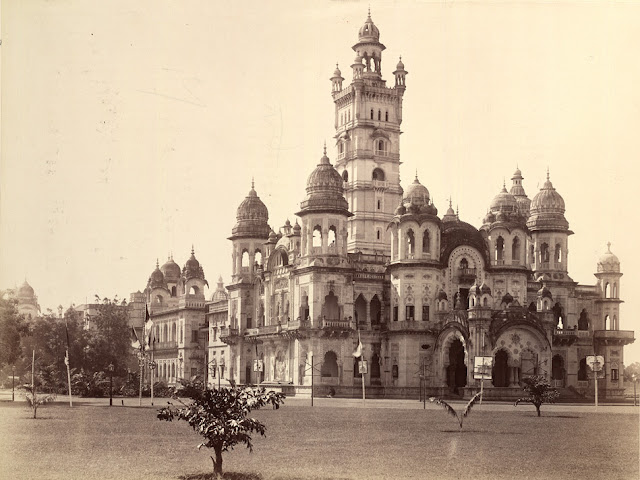
Laxmi Vilas Palace
After lunch, visit Lakshmi Villas Palace – the best palace of Gujarat, it is a sprawling palace built in Indo-Saracenic architecture. There are some of the exquisite paintings inside the art gallery of the palace. Maharaja Palace referred also as Lakshmi Vilas Palace of Vadodara was built by Maratha ruler Sayajirao Gaekwad in 1890 AD.
Later, drive to Dabhoi (an ancient small town of 06th century) also known as Darbhavati to see the few historical Gates. Also, walk through the old streets of the town to see the daily life of the people. During this walk, you will see the old houses, narrow lanes, and Jain, Hindu and Muslim communities living together in harmony in a traditional way. At the end visit, Hira Gate or Hira Bhagol, an architect of this delicately carved gate was Hiradhar thus it was named after him.
Overnight stay at hotel
Day 03: Full day excursion
Tribal Women
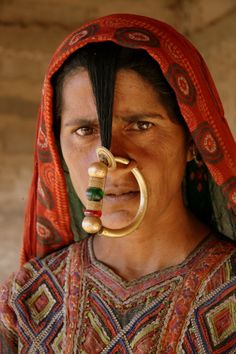
Excursion to Weekly Market
In the morning, drive to the places of the weekly markets either at Chotta Udepur/ Kavant. In these markets, different tribes of Gujarat gather like Rathwas, Bhils, and Nayaks. Rathwa is a prominent tribe of this area, where the men wear red turban tied in a particular style, whereas the women are seen in the knee-length skirt, colorful blouses, and silver jewelry. These tribes live in the small villages and come here to sell the vegetables, grains and other products in the market and buy the grocery items and other daily use things from the weekly Haats.
After witnessing the tribal Haat, visit the tribal museum in Chotta Udepur, which has a good collection of tribal items and also the model huts of Rathwas and Nayakas showing their lifestyle. After a lunch stop at a Rathwa house to see the wall paintings known as Pithora – it is more a ritual than art performed in Rathwa houses.
The family performs this ritualistic art for happiness, wellbeing, to make a wish or to cure the animals or family members. Pithora paintings are on the main walls of the houses where the people sit or enter. In these paintings, you will not find the nature but the horses, a bull, elephant, and goats, etc., these figures are the vision of God.
In the later afternoon, visit Champaner-Pavagadh – a Here visit marvelous Jami Mosque and Sahar Ki Masjid. Champaner was once the capital of Gujarat for a short time and is an ancient city. The minarets and domes of Jama Masjid are magnificent, built-in 1513 by Mahmud Begada in Mughal architecture.
Overnight stay at hotel.
Day 04: Drive to Ahmedabad (110 kms / 02 hrs drive)
After having breakfast, leave by surface for Ahmedabad. First, visit the Calico Textile Museum – one of the best textile museums in India having the great ranges of textiles starting from the Mughal period to the 19th century. Afterwards, check in to the hotel.
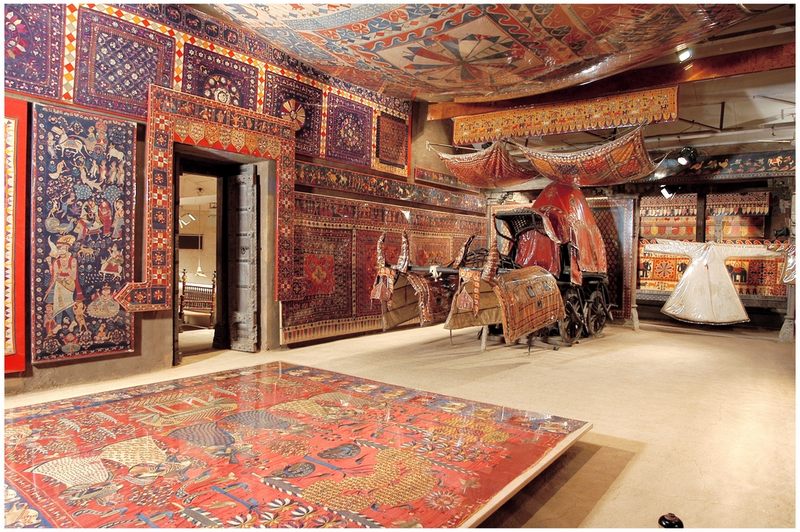
Post lunch take a tour of beautiful Hutheesing Jain Temple built by a rich merchant in 1848, it is a double storied building and houses a spectacular Glory Tower in the complex.
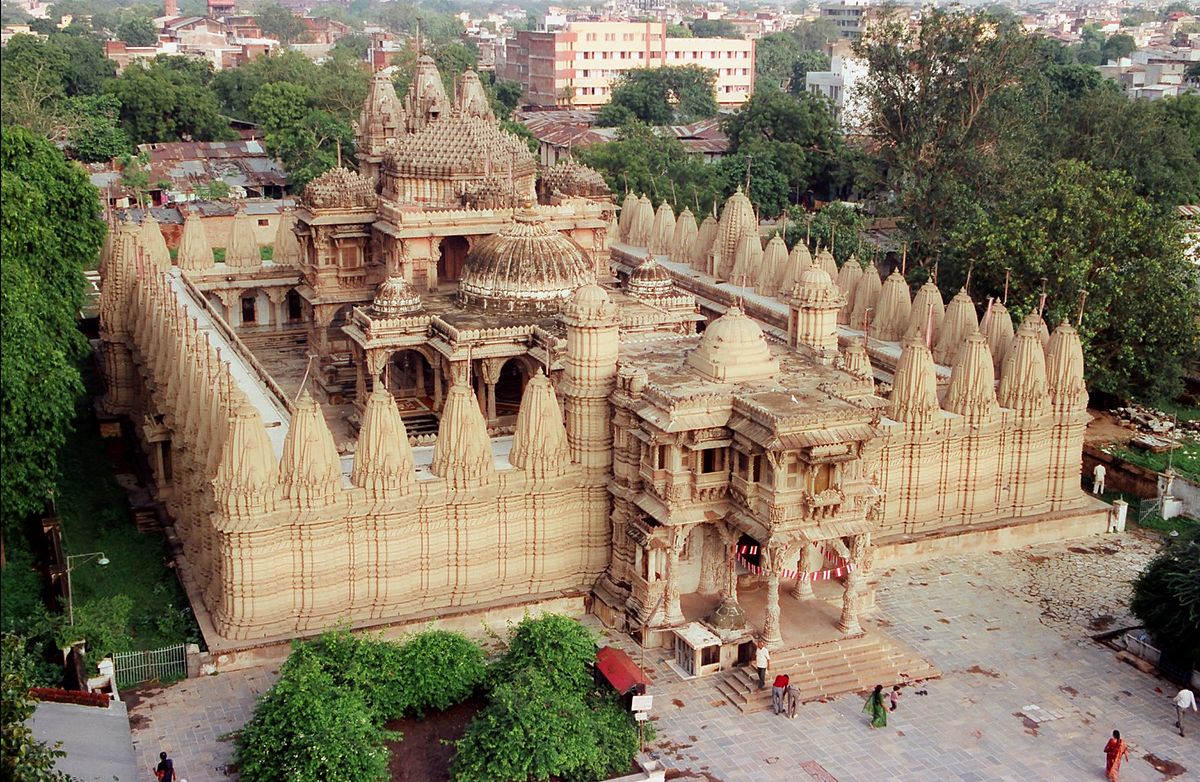
Later, tour the Sidi Sayed Mosque known as Jali Masjid famous for its excellent architecture built-in 1573, The Jali is the symbol of Ahmedabad city not officially but popularly – an intricately shaped frame stone window.
Visit Vidyapith tribal museum and Gandhi Ashram – in this Ashram Mahatma Gandhi spent his important days during his freedom struggle against British Empire. This Ashram was the nerve center of the freedom struggle of India, in the simple cottage of Hridya Kunj – Gandhi lived which is a museum now.
Return to the hotel for an overnight stay and the dinner. Post dinner, if you wish you can still go to see the night market of Ahmedabad on some days of the week.
Day 05: Drive to Poshina (180 kms / 04 hrs)
After breakfast visit the Swami Narayan Temple in Kalupur to start the heritage walk in the walled city of Ahmedabad. The walk will be really interesting going through the old quarters of the walled city ending at Jami mosque.

Afterwards driver to Poshina en-route visiting Adalaj Step well built-in 1498 in Solanki architectural style, it is a five-storied structure and quite magnificent. In ancient India, the wealthy traders and royal families used to make the step-wells for the people so that they can relax here during their long journeys and get the drinking water. Upon arrival at Poshina and check in to the heritage hotel Darbargadh Palace.
Overnight stay at hote.
Day 06: Poshina: Village Safaris around Poshina
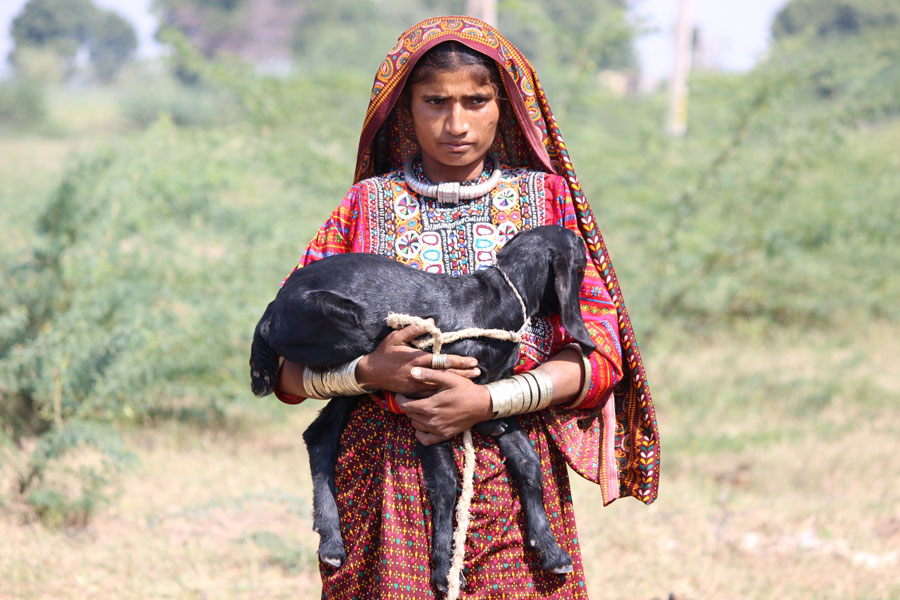
Before breakfast, visit the main street of Poshina just next to hotel to see the Garcia girls carrying the woods from the jungle to sell them into the market.
After breakfast, visit the Garacia villages as well as the Adivasi (ancient inhabitants) hamlets. Garcias live both in Rajasthan and Gujarat in mountains and are quite colorful, whereas Adivasis are simpler one but both of these tribes depend on farming and animal husbandry.
Visit the terracotta temple dedicated to a local village deity – you can here see the thousands of terracotta horses. The locals believe that the Goddess fulfills their wishes and they offer terracotta horses in return to please her with rituals. We can even arrange a traditional ceremony with rituals for you under this holy tree. Even in Poshina town, you can buy the one for you and see the potter while making these horses.
Poshina has numerous artisans like blacksmiths, silversmiths, arrow crafters, and potters. The market is known for tribal jewelry and also to watch the tribes selling and buying the things in their bright attires.
Overnight stay at hotel.
Day 07: Poshina to Little Rann of Kutch (06 hrs drive)
Ambaji-Patan-Modhera-Bajana
After breakfast drive to Morning visit Kumbharia Jain temple – the stunning carved Jain temples built in white marble have decorated domes and exquisite stone arts dedicated to Jain prophet Thirthankar Neminath.
Drive to Ambaji – an auspicious place for Hindus housing a mother Goddess temple. Here take a walk in the bazaar to see various tribal devotees mainly Gracias in the colorful dresses as well as some of Rabaris. Later proceed to Patan and visit the Patola weavers and Rani Ki Vav stepwell – one of the nicest monuments of Gujarat.
Rani ki Vav (Stepwell)
Intricately built Step Well of Patan called Rani Ki Vav was built by Queen Udayamati in the 11th century in the memory of her husband King Bhimdev. Our next stop would be Modhera Sun temple constructed in 1026-27 AD, the complex has shrine hall, assembly hall and the reservoir. The pillars and exteriors of the halls are intricately carved. Upon arrival in Kutch check in to your pre-booked hotel.
Overnight stay at hotel in Kutch.
Day 08: Kutch
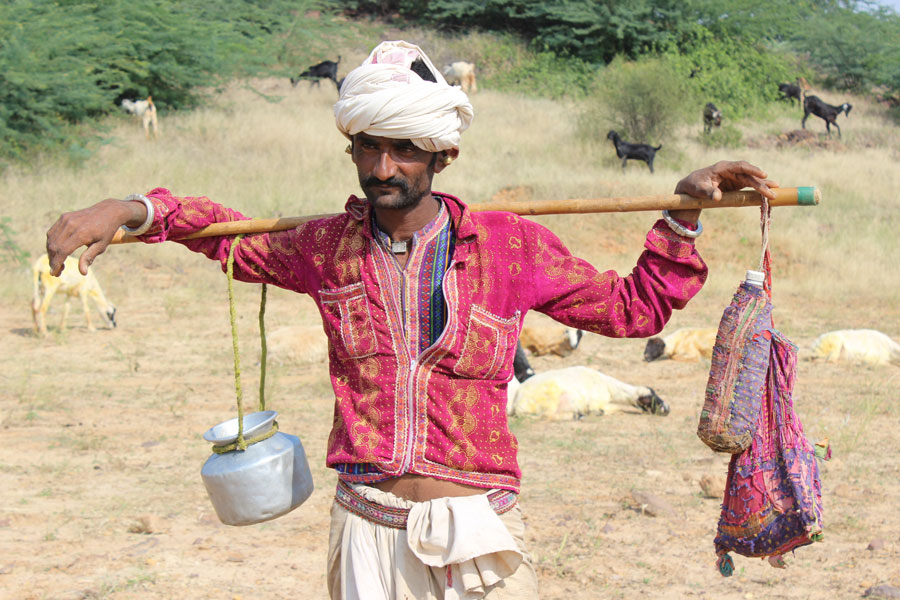
Little Rann of Kutch
Today morning drive to Little Rann of Kutch Wildlife Sanctuary to observe the birds (Siberian Crane, flamingos). It is a paradise for bird watchers, one can see the flocks of greater flamingos near the water bodies in winter months.
See the different animals as highly endangered Asiatic wild Ass & some antelopes like Nilgai (Blue Bull). Asiatic Wild Ass is an endangered species and Little Rann of Kutch is the best place to observe them in wild. Also, make the small visit to the Agaria salt workers.
Afternoon, visit some of the villages of Vadiara Rabari and Bharwad tribes. Both Rabari and Bharawad are cattle herders and in the evening time, we can see them milking their cows and buffalos. Bharwad men wear a bright color skirt called Dhoti.
Overnight stay at hotel
Day 09: Kutch to Bhuj (02 hrs drive)
Little Rann of Kutch-Bhuj
After breakfast leave by surface to Bhuj stopping on the way to observe some of the Rabari caravans. Once the monsoon is finished and around October end, there is no enough grass for their cattle and Rabaris starts moving from Kutch to mainland Gujarat where their goats and sheep can find some green grass. They move with their families and necessary things for their livings are on the camels or donkeys. It is a great experience to talk to them in their camps.
Also visit Dhamadka to see the block printing by the Khatri tribe. Khatris are very good at making the beautiful block printing textiles. Evening arrive at Bhuj. Check In to your pre-booked hotel
Overnight stay at hotel
Day 10: Bhuj

Bhuj
Today Full day city tour of Bhuj including the historical monuments like Darbargadh and Pragmahal palace, the Royal Cenotaph and the Aina Mahal Museum – one of the best museums in Kutch having impressive mirror work. After lunch, start the excursion to Dhaneti to observe the embroidery by the Ahir tribe and Bhujodi to view the weavers from the Vankar tribe.
Ahirs and Rabaris women have been making the embroidery for centuries, passing this unique skill from one generation to another, you can watch the girls and ladies working in the homes and also see the finished textiles. Some of the girls have even won the national and international awards.
Overnight stay at hotel.
Day 11: Drive to Hodka (02 hrs)
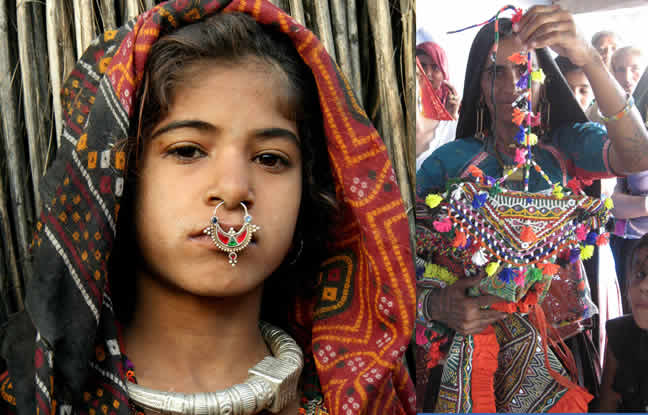
Bhuj-Nirona-Hodka
Today, transfer to Hodka visiting Rogan painting by the Khatri family in Nirona village. Rogan Art of Nirona Village is rarest in the world and probably the only place to see it. Visit, the copper bell making the process by the Lohar tribe and also Vadha tribe who transform wood into household things with bright colors.
In the afternoon, visit Bhirandhiaro village – to appreciate the beautifully painted houses of the Meghwal tribe, here you can see some handicrafts made by the women. Meghwal women wear very colorfully embroidered dresses and stunning nose rings. The huts have remarkable glass work in the interior walls. If lucky you can even listen to a Meghwal Musician cum singer in the compound if he is not traveling overseas or in India for concerts.
Overnight stay at hotel.
Day 12: Excursion to Kala Dungar (01 HR one way)
Hodka
Visit Hodka village and other nearby Tribal villages of Pathan, Jat & Sama. After lunch, continue to Khavda to see Potters and Samma tribe. The men hear put Heena on their hair and beards. They are tall like Afghans and wear Salwar and Kurta mostly in yellow, blue, pink and black colors. Later leave for Kala Dungar to view the beautiful sunset at Indo-Pakistan border. (Last point for no man’s land), one can also see the salt desert. The view from the black mountain is commanding and the landscaping from Khavda to Kala Dungar is so special.
Overnight stay at hotel
Day 13: Drive to Bhuj airport (02 HRS)Fly to Mumbai
After breakfast you are transfer to Bhuj airport for the flight to Mumbai. Upon arrival at Mumbai domestic airport, transferred to the Mumbai international airport to board the flight back home.

